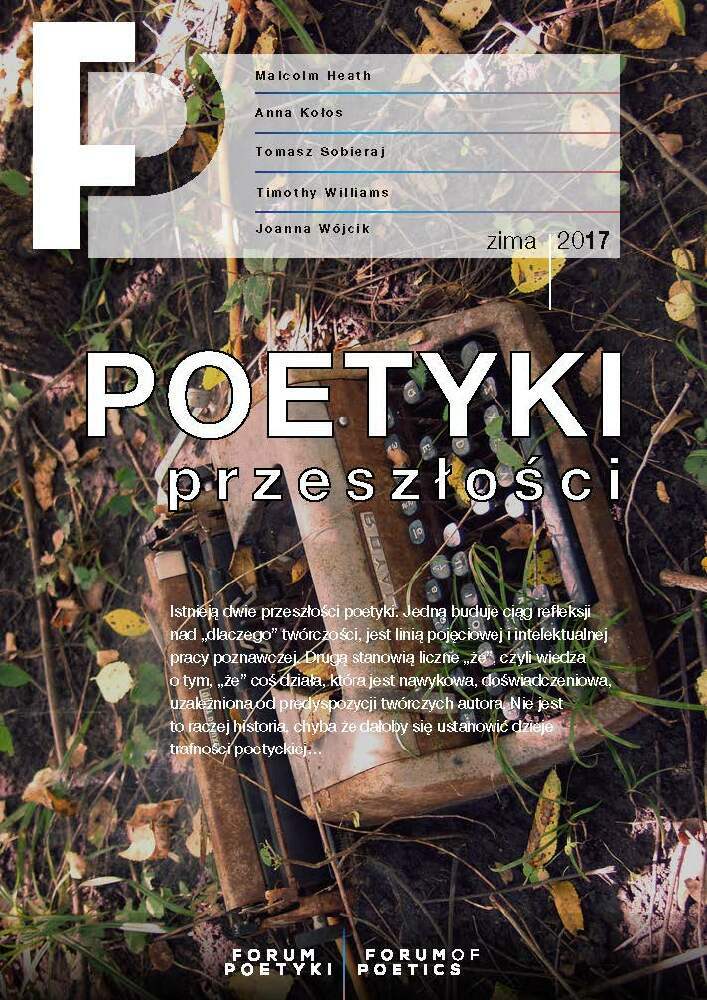Abstract
The subject of the review is Tadeusz Budrewicz’s monograph entitled Wierszobranie (druga połowa XIX wieku) (Verse Selection [Second Half of the Nineteenth Century], Kraków 2016), which constitutes an example of cultural interpretation of literary history, oriented toward (re)constructing the poetics of Polish late nineteenth-century poetry. Budrewicz brings together several exegetic strategies, successfully applying the statistical method and certain categories of geopoetics. Poetry here appears as a dynamic formation of artistic conventions, functioning in many external contexts and stimulated by various literary currents (including the popular current). A complex ethnocultural image emerges from Budrewicz’s book, in which the variety of conceptual threads that co-created Polish cultural consciousness in the second half of the nineteenth century become woven together.
References
Budrewicz, Tadeusz. Wierszobranie: (druga połowa XIX wieku). Kraków: Wydawnictwo Naukowe Uniwersytetu Pedagogicznego, 2016.
Moretti, Franco. „Wstęp”. W Wykresy, mapy, drzewa: abstrakcyjne modele na potrzeby historii literatury, przetłumaczone przez Tomasz Bilczewski i Anna Kowalcze-Pawlik. Kraków: Wydawnictwo Uniwersytetu Jagiellońskiego, 2016
License
Authors of articles are responsible for securing the rights to other publications (texts, tables, drawings and other illustrations) quoted or reproduced in their texts.

